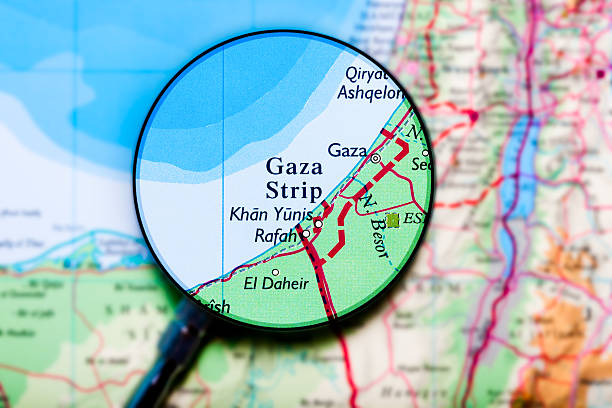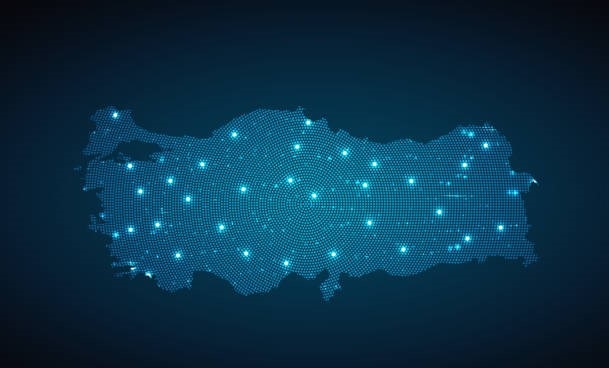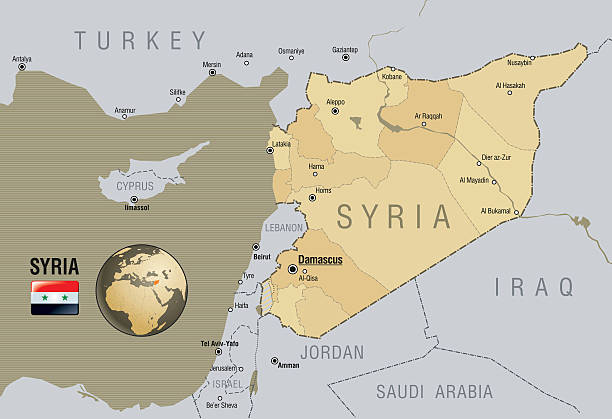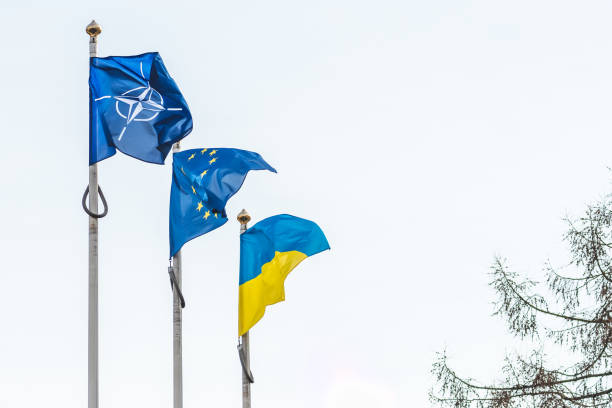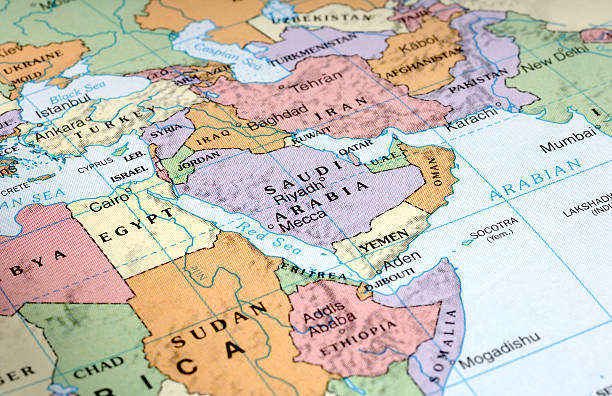Despite optimistic remarks by President Biden, the ceasefire and hostage release talks in Cairo failed to make any progress. The release of all hostages was never in the cards, unfortunately, since they happen to be Hamas’s principal bargaining chip until the end of the war. But even the freeing of some, alongside a temporary ceasefire, would have been an achievement. Washington now says that the ball is now in Hamas’s court.
In a display of its commitment to ensure increased humanitarian support to Gaza, on March 2, the US carried out its first airdrops of aid into Gaza. The general reaction to the airdrops was reserved. Many observers said that this was a costly and inefficient way of delivering aid and could not make up for the lack of adequate land deliveries. Moreover, on Friday, five people died and ten were wounded after a parachute on an aid package dropped into Gaza failed to open. The US Defense Department said that none of their airdrops had caused loss of life.
Last Thursday, President Biden directed the US military to establish a temporary pier in the Mediterranean on the Gaza coast that can receive large ships carrying food, water, medicine, and temporary shelters. The next day, The European Commission, Cyprus, the UAE, the US, and the UK issued a statement endorsing the activation of a maritime corridor to deliver humanitarian assistance to Gaza. UK’s Foreign Secretary Lord Cameron said that he urged Israel to open its own port of Ashdod which could be used to deliver aid while the pier is built.
During his press briefing last Friday, Pentagon Press Secretary. Gen. Pat Ryder said that it’ll take up to 60 days to deploy the forces and construct the causeway and the pier in Gaza. He added that the US side is working through the details with partners in the region including Israel, in terms of the security aspect. He was asked:
“Pat, how much will this cost? And if Israel is going to be engaged in the security on land, why not just open the existing — there are ports just north of Gaza — Ashdod, Ashkelon — and there are entrances into Gaza. Why not just use those existing ports and have Israel look at what’s going through and bring it in? It seems like this is a lot of work for 60 days out when there are people starving, frankly.”[i]
The announcement regarding the pier came after the failure of the ceasefire talks and reports that the US has quietly approved and delivered more than 100 separate foreign military sales to Israel since October 7. Most of these weapons transfers were processed without any public debate because each fell under a specific dollar amount that required the executive branch to individually notify Congress.
Thus, some critics of US policy questioned the motives of the pier project, while others saw it as a balancing act between unpublicized full military support to Israel and a highly propagandized humanitarian approach to the suffering in Gaza. Mustafa Barghouti, the Secretary General of the Palestinian National Initiative called it a “distraction”. Senator Bernie Sanders drew attention to the contradictions of US policy toward the war in Gaza.[ii]
Looking at the project from Prime Minister Netanyahu’s point of view, if the project were to take two months to become fully operational, that would take him to May, with just six more months until the US presidential election. Toning down the military campaign in Gaza and ensuring a reasonably quiet month of Ramadan in the West Bank would also help gain time. Then, it could be that he would once again visit the Trump White House like in January 2020 when he mentioned President Truman as the first world leader to recognize the State of Israel after the declaration of independence in 1948 but called Mr. Trump “the greatest friend that Israel has ever had in the White House”.[iii]
The more significant news of the past week was that Israel’s government is advancing plans for more than 3,400 new homes in settlements in the occupied West Bank. After a monthslong lull in West Bank construction approvals, projects to build were advanced by the Civil Administration’s High Planning Subcommittee, according to Settlements Minister Orit Strock.
On February 7, the Washington Post reported that the Jewish population in the West Bank has reached nearly 503,000, according to a report released Thursday by a pro-settlement group based on official statistics from Israel’s Interior Ministry. That is an increase of about 16 percent over five years, the report found, as the settler movement gains momentum, dashing prospects for a two-state solution to the Israeli-Palestinian conflict.
The half-million figure does not include some 340,000 Jewish residents of East Jerusalem neighborhoods, which are technically part of the West Bank. Some 3.5 million Palestinians live in the West Bank, including East Jerusalem.[iv]
Some in the West have expressed frustration at Mr. Netanyahu’s reluctance to share his post-war Gaza vision and his rejection of the two-state solution. The new settlement projects offer more than a clue into his far-right government’s thinking.
Note: This post was first published in diplomaticopinion.com.
[i] https://www.defense.gov/News/Transcripts/Transcript/Article/3702062/pentagon-press-secretary-air-force-maj-gen-pat-ryder-holds-a-press-briefing/
[ii] https://www.sanders.senate.gov/press-releases/prepared-remarks-bernie-sanders-calls-out-the-absurdity-and-hypocrisy-of-continued-u-s-support-for-netanyahus-horrific-war/
[iii] https://diplomaticopinion.com/2020/02/02/deal-of-the-century/
[iv] https://www.washingtonpost.com/world/2023/02/02/jewish-settlers-west-bank-half-million/
